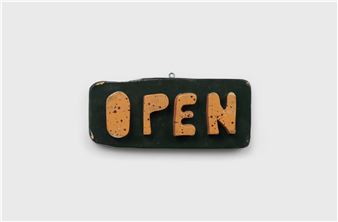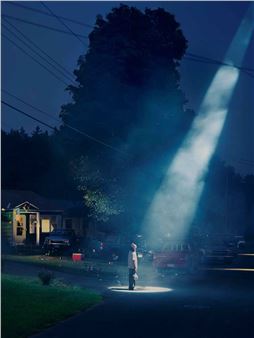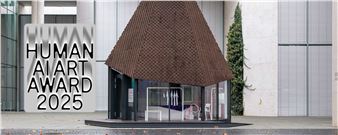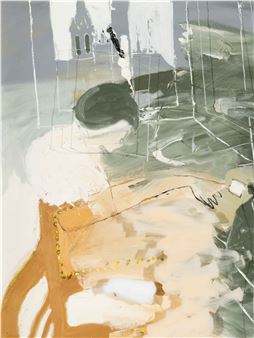The Holding Environment. Chapter II
The notion of the holding environment – the slippage between care, dependence, holding and that which fails to hold adequately – loops back in the show in newly conceived and existing works. The exhibition and its associated events consider care in ways that encompass both its inherent tenderness and something infantilising, sinister or perverse that lies beyond the point where the authenticity of the care becomes unstable. Realised and developed during a pandemic that has intensified tensions of interpersonal dependency and structural fragility, the show speaks of both the urgency and the necessity of care, and of the slippery nature of good intentions in the age of mass individualism.
Formally, this is a show in which containers and thresholds – both actual and metaphoric – are integral to how the space is structured, to how it holds and behaves. That is, the exhibition is understood as having the capacity to embody and relate contradictions that structure psychological and institutional space. The oscillation between the holding environment treated as both physical space and metaphor was proposed by the psychoanalyst and paediatrician Donald Winnicott in works such as Holding and Interpretation (1986). His writings proceed from the figure of the child, not just as a little person under the tutelage of adults, but also as the submerged one, who is without power and must, by necessity, to negotiate states of dependency.
Within Winnicott’s work, the child and the act of holding become a way of understanding a minor politics – a relation to be thought of across scales, from an intimate space to a structural and institutional consideration of dependency. Such a shift between the mundane and the structural carries the risk of losing sight of difference, nuance and attention, one reason why doubt and ambivalence coupled with commitment and empathy are all the more important to the notion of the holding environment. This is a show that aims to stay put in that space, engaging with the pitfalls of a corrupted notion of care, but also with paths for rehabilitation, restoration and restitution, negotiated through a non-selfish spirit of holding.
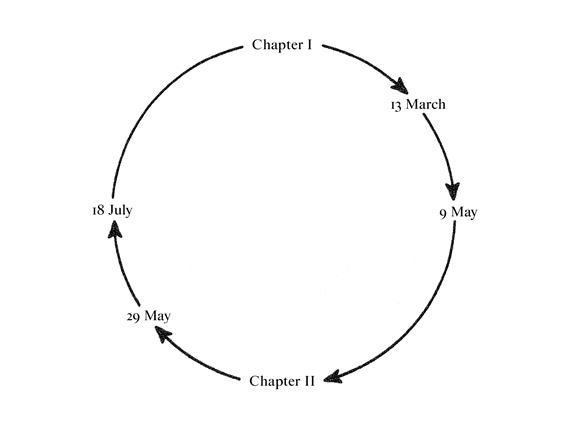
Recommended for you
The notion of the holding environment – the slippage between care, dependence, holding and that which fails to hold adequately – loops back in the show in newly conceived and existing works. The exhibition and its associated events consider care in ways that encompass both its inherent tenderness and something infantilising, sinister or perverse that lies beyond the point where the authenticity of the care becomes unstable. Realised and developed during a pandemic that has intensified tensions of interpersonal dependency and structural fragility, the show speaks of both the urgency and the necessity of care, and of the slippery nature of good intentions in the age of mass individualism.
Formally, this is a show in which containers and thresholds – both actual and metaphoric – are integral to how the space is structured, to how it holds and behaves. That is, the exhibition is understood as having the capacity to embody and relate contradictions that structure psychological and institutional space. The oscillation between the holding environment treated as both physical space and metaphor was proposed by the psychoanalyst and paediatrician Donald Winnicott in works such as Holding and Interpretation (1986). His writings proceed from the figure of the child, not just as a little person under the tutelage of adults, but also as the submerged one, who is without power and must, by necessity, to negotiate states of dependency.
Within Winnicott’s work, the child and the act of holding become a way of understanding a minor politics – a relation to be thought of across scales, from an intimate space to a structural and institutional consideration of dependency. Such a shift between the mundane and the structural carries the risk of losing sight of difference, nuance and attention, one reason why doubt and ambivalence coupled with commitment and empathy are all the more important to the notion of the holding environment. This is a show that aims to stay put in that space, engaging with the pitfalls of a corrupted notion of care, but also with paths for rehabilitation, restoration and restitution, negotiated through a non-selfish spirit of holding.
Artists on show
- Ada Frände
- Annika Eriksson
- Carolyn Lazard
- Co Westerik
- Gregg Bordowitz
- James Richards
- Jason Dodge
- John Knight
- Marc Kokopeli
- Marianna Simnett
- Martin Erhard
- Michael Fullerton
- Michael Kleine
- Morgan Bassichis
- Niklas Taleb
- Rachel Reupke
- Sara Deraedt
- Sarah Davachi
- Tolia Astakhishvili
- William Pope.L
- Wu Jiannan

 ARTISTS
ARTISTS








